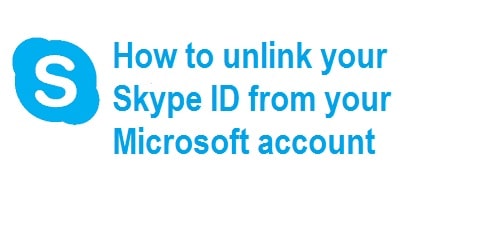
Fourthly, reports suggest that Windows 11 Home might require a Microsoft account for the installation and setup process, even the stable version.We recommend you create a backup if you have important files and don’t want to lose them. Thirdly, removing your Microsoft account will delete all data in that account.Secondly, if you have made up your mind, you will need a local account with Admin privileges to be able to remove your Microsoft account from Windows 11.Plus, you will not be able to access some of the associated Microsoft services and features. Basically, you will be using the same account with the same data but with a changed name. This process will retain all your files, folders, apps, and settings. Firstly, if you want to disassociate a Microsoft account from your PC, change your account type instead of removing your Microsoft account from your computer.


However, there are a few things you need to know before embarking on that road.

Removing a Microsoft Account from Windows 11 is a relatively easy undertaking, as you will see later in this article. Method 3: Remove Microsoft Account via User Accounts Panel Method 2: Remove Microsoft Account via Control Panel Method 1: Remove Microsoft Account Via Settings How to Remove a Microsoft Account from Windows 11 Switch Over From Microsoft Account to Local AccountĬreate Local Account On Your Windows 11 PCĬhange Account Type From Standard User to Administrator That dotted line can become quite expensive rather quickly depending on your mobile data plan.Things to Remember Before Removing Your Microsoft Account Microsoft Onedrive depicts this connection nicely in this screen, where your data connection link is represented by the dotted line between your cloud storage and your computer. What’s more: if you are moving around a lot of files in your Onedrive account, this will also have an impact on your data usage.Įspecially if you’re working on the go with your mobile equipment, having Microsoft Onedrive sync your data in the background may cause your data connection expenses to go up unnecessarily. While it may be very convenient to be able to work on your documents no matter which one of your multiple computers you are using, it can have an effect on your computer’s performance if it needs to sync large amounts of data with your cloud storage solution. Looks like it’s time to make a critical decision: disable at startup or unlink Microsoft Onedrive account?įor the record: I’m assuming that you are familiar with Microsoft Onedrive here but if you’re not, feel free to check out my article: what is Microsoft Onedrive.īefore we get to the part of how to unlink Microsoft Onedrive, let’s first briefly see why you might want to do so. And if that’s not enough you might want to completely uninstall Microsoft Onedrive from your computer too because obviously, that is also an option.


 0 kommentar(er)
0 kommentar(er)
